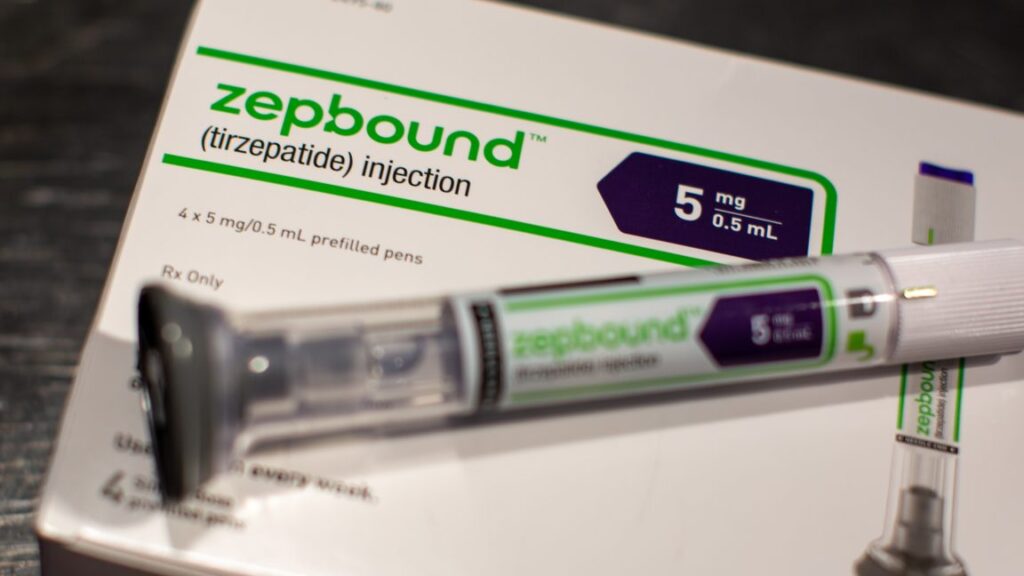Trump orders US withdrawal from the World Health Organization
The United States noticed its withdrawal from the World Health Organization (WHO) in 2020 due to the organization’s mishandling of the COVID-19 pandemic that arose out of Wuhan, China, and other global health crises, its failure to adopt urgently needed reforms, and its inability to demonstrate independence from the inappropriate political influence of WHO member states. In addition, the WHO continues to demand unfairly onerous payments from the United States, far out of proportion with other countries’ assessed payments. China, with a population of 1.4 billion, has 300 percent of the population of the United States, yet contributes nearly 90 percent less to the WHO.
Health experts fear that a US withdrawal from the agency would significantly diminish the agency’s resources and capabilities, leave the world more vulnerable to health threats, and isolate the US, hurting its own interests and leaving the country less prepared to respond to another pandemic. The New York Times noted that a withdrawal would mean that the US Centers for Disease Control and Prevention would lose, among many things, access to global health data that the WHO compiles.
It remains legally unclear if Trump can unilaterally withdrawal the country from the WHO, or if the withdrawal also requires a joint act with Congress.
Trump orders US withdrawal from the World Health Organization Read More »













